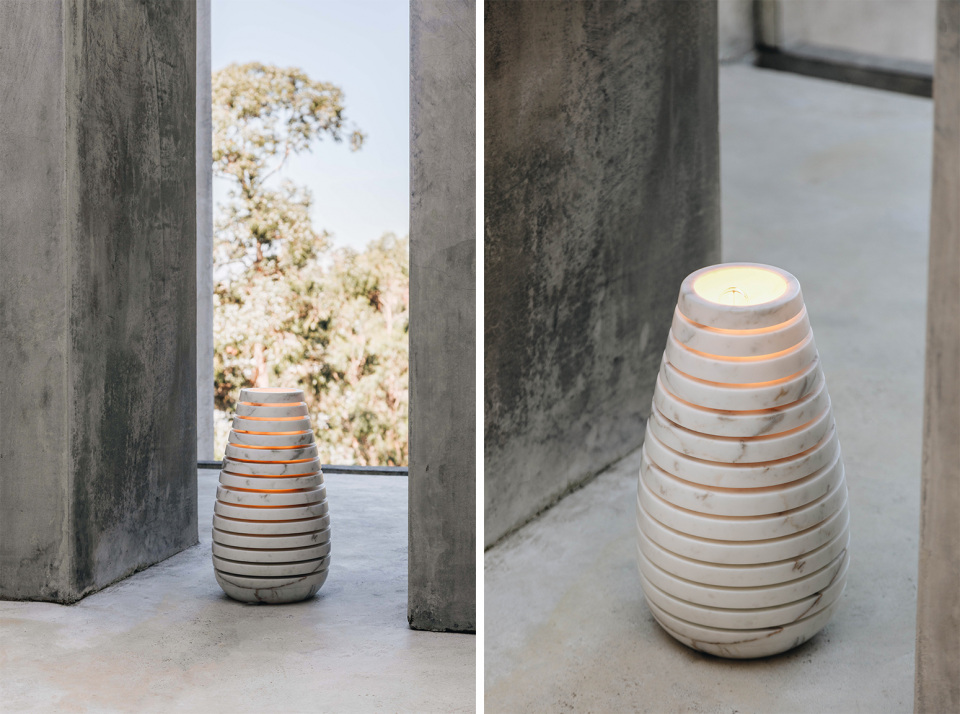
Lighting is an essential element in interior design that can create a perfect atmosphere. Proper lighting can highlight the features of a room and help to achieve the desired ambiance. In this essay, we will explore how different types of lighting and techniques can be used to create a specific mood or atmosphere
The three main types of lighting are ambient, task, and accent. Ambient lighting provides overall illumination for a room. It creates a warm and welcoming atmosphere by balancing light levels throughout the space. Task lighting is focused on specific areas where tasks such as reading or cooking take place. This type of lighting helps to reduce eye strain and improve productivity in workspaces or living spaces. Accent lighting highlights particular features such as artwork, architectural details, or decorative elements in a room
Effective use of different types of lighting can give each room purpose while creating visual interest within them. For example, ambient lights with soft yellow hues create warmth and intimacy; whereas bright white lights provide energy for social situations like parties
Various techniques can be used when designing with light to elevate the ambiance further: layering, dimming controls, color temperature control among others. In layering technique, a combination of ambient, task, and accent lights come together. Another useful technique is dimming controls; they adjust brightness which allows flexibility in changing moods. Color temperature refers to whether light source emits warm golden tones (low kelvin) or crisp blue ones (high kelvin)
In conclusion, the importance of carefully selecting appropriate considerations for each area cannot be overemphasized. It’s important to consider the function of every room when choosing lighting sources and techniques. Furthermore, itis essentials it affects people's mental health and well-being to choose a comfortable atmosphere with natural looking light sources. Careful thought should be given towards ways that the right amount of light can be provided at all times without being overwhelming for occupants. Regardless if brightening up hallways or illuminating the kitchen island, lighting is a crucial aspect in Interior Design
Lighting is an essential element in interior design that can create a perfect atmosphere. Proper lighting can highlight the features of a room and help to achieve the desired ambiance. In this essay, we will explore how different types of lighting and techniques can be used to create a specific mood or atmosphere
The three main types of lighting are ambient, task, and accent. Ambient lighting provides overall illumination for a room. It creates a warm and welcoming atmosphere by balancing light levels throughout the space. Task lighting is focused on specific areas where tasks such as reading or cooking take place. This type of lighting helps to reduce eye strain and improve productivity in workspaces or living spaces. Accent lighting highlights particular features such as artwork, architectural details, or decorative elements in a room
Effective use of different types of lighting can give each room purpose while creating visual interest within them. For example, ambient lights with soft yellow hues create warmth and intimacy; whereas bright white lights provide energy for social situations like parties
Various techniques can be used when designing with light to elevate the ambiance further: layering, dimming controls, color temperature control among others. In layering technique, a combination of ambient, task, and accent lights come together. Another useful technique is dimming controls; they adjust brightness which allows flexibility in changing moods. Color temperature refers to whether light source emits warm golden tones (low kelvin) or crisp blue ones (high kelvin)
In conclusion, the importance of carefully selecting appropriate considerations for each area cannot be overemphasized. It’s important to consider the function of every room when choosing lighting sources and techniques. Furthermore, itis essentials it affects people's mental health and well-being to choose a comfortable atmosphere with natural looking light sources. Careful thought should be given towards ways that the right amount of light can be provided at all times without being overwhelming for occupants. Regardless if brightening up hallways or illuminating the kitchen island, lighting is a crucial aspect in Interior Design










